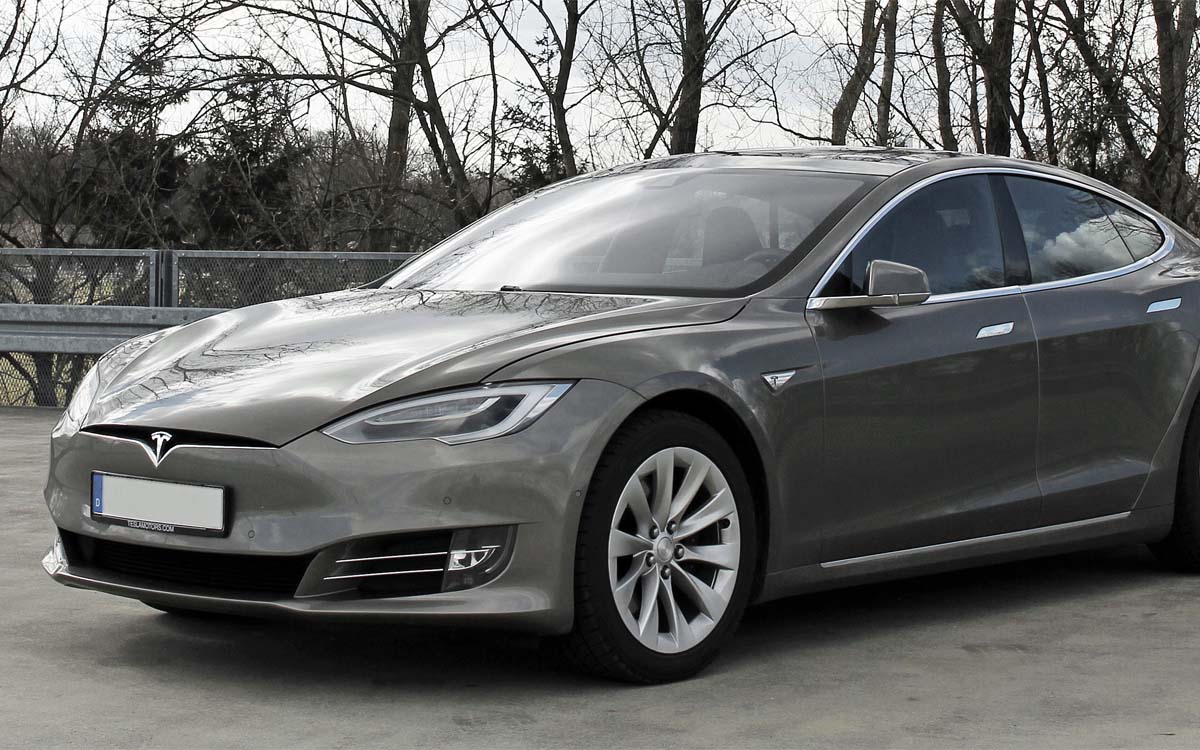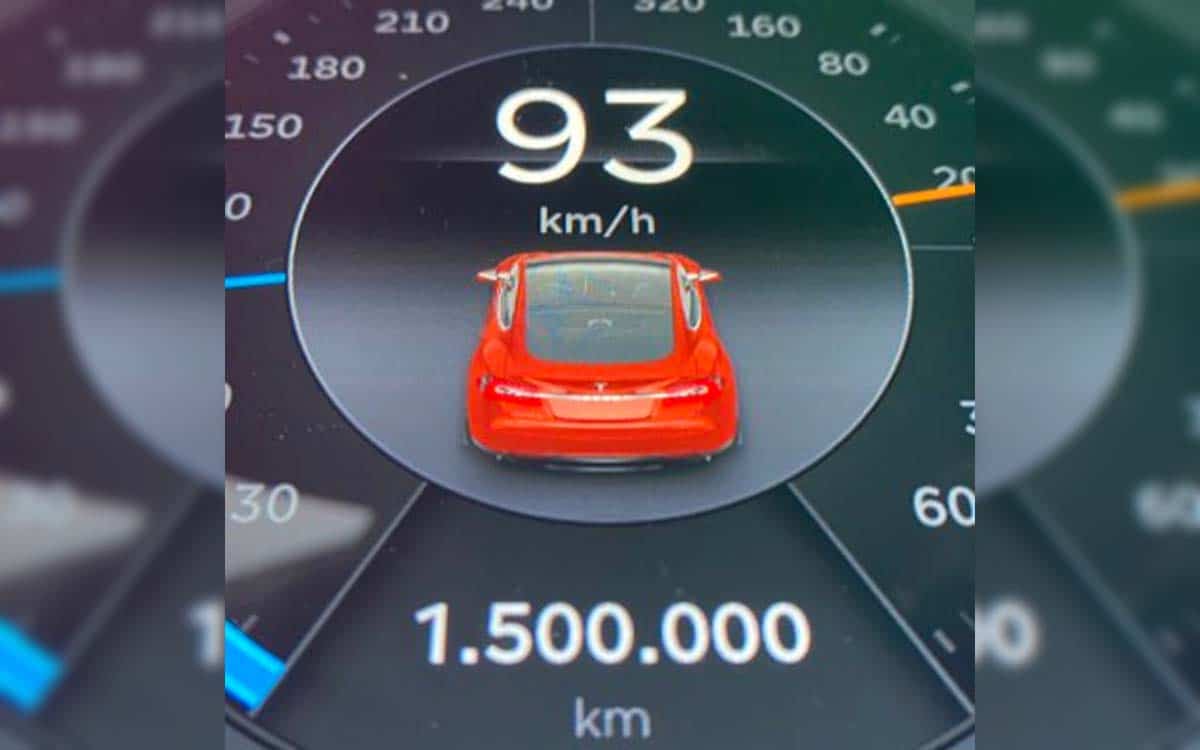
Who says electric cars can’t last as long as petrol models? This German driver has been proving the opposite for several years with his 2014 Tesla Model S P85. Having previously crossed the million-kilometer mark, he has just passed 1,500,000 km.
If in 2019, an Ile-de-France resident managed to cross the 300,000 kilometer mark with his Renault Zoé, this longevity record was quickly broken by Hansjörg von Gemmingen. This German owner of a 2014 Tesla Model S P85 (the oldest version of the Performance model) had managed to exceed the mileage mark. Of course, the vehicle had to go through the repair box many times.
The battery was replaced for the first time around 300,000 km, then a second time after 540,000 km. In addition, the driver was forced to change the engine four times. Note, however, that all costs incurred by these multiple repairs were fully covered by Tesla. Indeed, the manufacturer’s warranty covers the first 8 years of the vehicle’s life. But, since there is a but, the American mark does not cover all the possible repairs on a Tesla.
This 2014 Model S exceeds 1,500,000 km!
In fact, Hansjörg Von Gemmingen was forced to spend no less than 13,000 euros in additional repairs, such as a change to the cooling system, rear shocks and infotainment screen. And after reaching 1,200,000 km in October 2020, the German owner announced on Twitter that he had exceeded 1,500,000 km on January 6, 2022! This is an absolute record of longevity for a Tesla Model S. Also note that the driver uses the Tesla like a taxi, which explains its high mileage.
It remains to be seen whether the car will take another million additional kilometers. As a reminder, Tesla published a study in August 2021 which proves that the manufacturer’s batteries are made to last, since they lose only 10% of range after 300,000 km. In fact, most of the degradation occurs early in the vehicle’s life cycle, before stagnating around 160,000 km.
Source: InsideEVs




